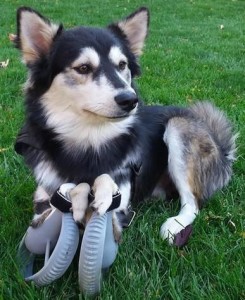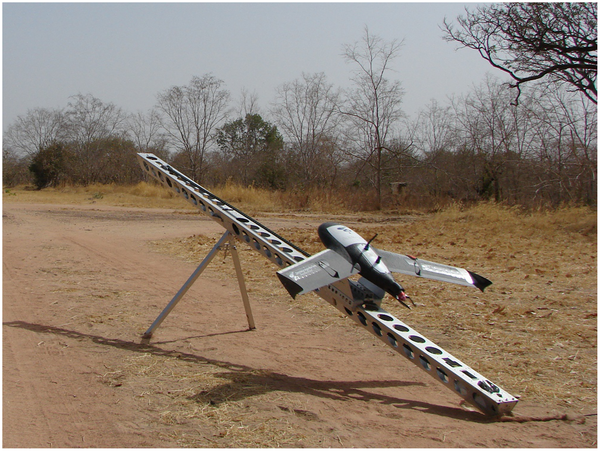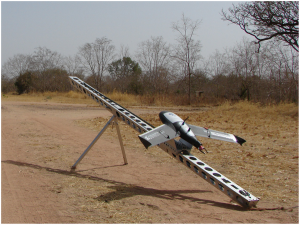3D printing (or additive manufacturing, AM) describes any of the various processes used to make a three-dimensional object. In 3D printing, additive processes are used, in which successive layers of material are laid down under computer control. While its limitless potential in manufacturing, the construction industry, transportation and human health has been widely recognized, 3D printing also plays a significant role in animal protection and conservation.
Several cases of using 3D printing for animal assistance have been reported during the past few years. Although artificial limbs have been used to help poor dogs and other animals who lost their legs, 3D printing makes the design and manufacture of the limbs far easier. And, thanks to the well developed 3D-scanning technology, the printed limbs are more efficient and comfortable for animals. Just see how happy this dog is.
Birds also benefit from 3D printing. This bald eagle and Costa Rican toucan both received printed beaks which will hopefully improve their chances of survival. And a tortoise has even been given a new shell thanks to 3D printing technology.
3D printing can be also applied to animal conservation in the wild. For example, the Wildlife Conservation UAV Challenge uses 3D printed drones to save endangered animals from poachers. 3D printing has also been used to build animal habitats including hives for bees, artificial reefs for fish, and nests for birds.
For the sake of scientific education, 3D printed models of skulls, organs and muscles can be used for demonstrations and detailed observations. In research, the technology can play an important role in studies of animal behavior and physical ecology. For example, 3D printed birds and fish can be used to explore how animals adapt to hydraulic resistance.
The wide-ranging potential for using 3D printing in animal protection and conservation seems limitless!
Author: Qiang Yang (Marvin), @MarvinQiangYang




